The past year has been interesting, to say the least.
While the COVID-19 pandemic has resulted in restrictions in our daily lives, it also has been one of the busiest years within the farrier industry as horse owners spent more time with their mounts. With increased business comes a greater need for hoof-care education. As the year comes to a close, American Farriers Journal editors compiled the articles that you read most from each month in 2020.
1. Are Farriers Essential in a Time of Pandemic Crisis?
The current impact of the COVID-19 virus on your farrier practice should have you asking whether you are prepared for this pandemic and how you are going to prepare yourself going forward with the ever-increasing measures being taken to curb the spread of the virus. What countermeasures, if any, should we take as farriers? How will this pandemic affect our daily business?
There is a high likelihood that the COVID-19 virus will impact us as farriers for many months to come. It is vital for farriers to seek all measurable alternatives to curb the spread of the virus. Our world and our workplaces are more connected than we think. Here in America, with many states, counties and even towns enacting shelter-in-place rules, farriers are responding to these measures in different ways.
2. Protect Yourself and Your Clients from the Coronavirus
In the midst of the COVID-19 global pandemic, farriers are less likely to be exposed to the coronavirus in your day-to-day work than most workers. Yet, that doesn’t mean you won’t be exposed to it.
Although horses can become infected with the equine enteric coronavirus (EEC), it is not the same as COVID-19.
EEC can cause both respiratory and enteric (or intestinal) signs of disease. It is transmitted when horses ingest the virus through the feces of another horse, according to the Cornell University College of Veterinary Medicine. Common clinical signs include anorexia; lethargy; fever; changes in fecal character (soft) and profuse diarrhea in more extreme cases; leukopenia secondary to neutropenia or lymphopenia; hypoalbunemia and neurologic abnormalities, such as ataxia, depression and recumbency, secondary to hyperammonemia. Death is typically rare.
3. Discussing the Impact of COVID-19 on Farriery
In this episode of the American Farriers Journal podcast, brought to you by HorseLinc, we discuss the impact of COVID-19 with farriers Pat Broadus, Dominico Cellaro and financial advisor and former farrier David Barron.
4. Veterinarian Places in National Forging and Horseshoeing Competition
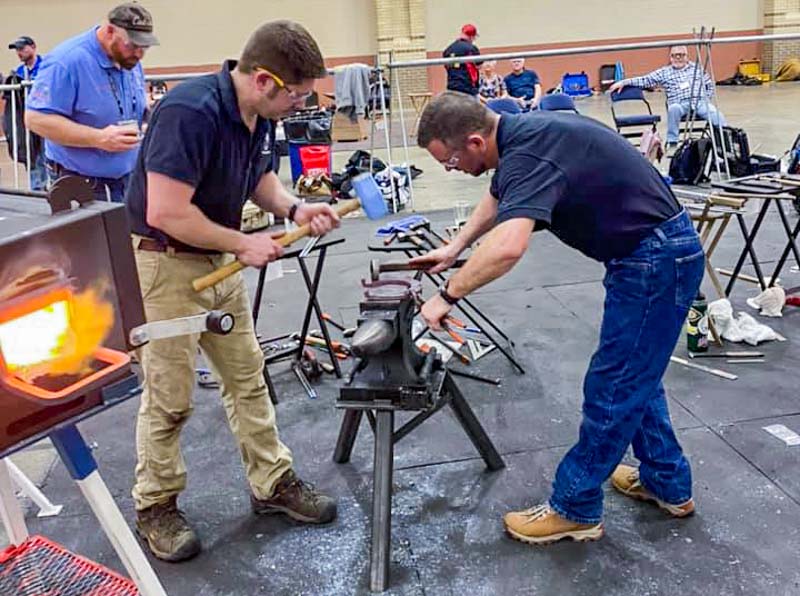
Marblehead, Ohio, farrier and veterinarian Adam Pendleton made history during the 2020 American Farrier’s Association Convention in Chattanooga, Tenn., when he became the first veterinarian to ribbon in the National Forging and Horseshoeing Competition.
Pendleton, who is also a certified journeyman farrier, and his draft partner Mike Augenstein, an American Farriers Team alumnus of Stockport, Ohio, placed second in the two-person draft class.
More than 150 farriers from around the world competed in the open, intermediate and 2-person draft classes. Pendleton and Augenstein had 70 minutes combined, one making a pair of front shoes; the other making a pair of hind shoes. Points were awarded to each farrier, making both teammates accountable for an equally high level of skill, plus the pressure of time management, as only one could be striking at a time.
5. 4 Steps to Grow Your Farrier Business
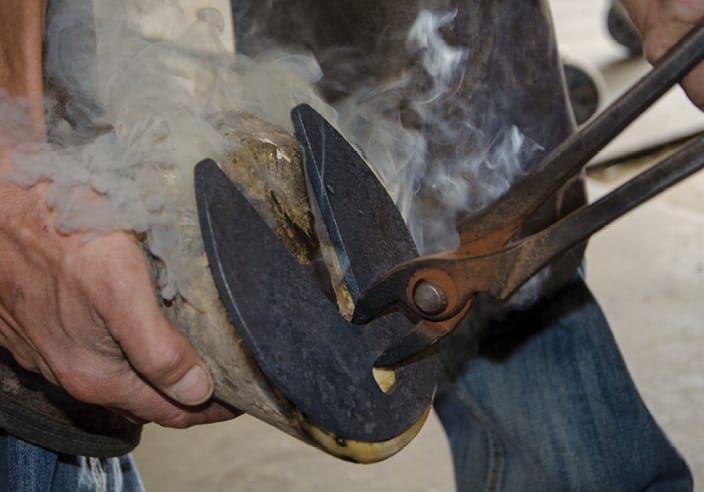
Six years ago, Wes Meyer was trimming and shoeing a lot of horses and making good money. Yet, the Fort Lauderdale, Fla., farrier’s practice wasn’t doing as well as it should be. Meyer was chasing outstanding payments, his inventory was too high and his horses were losing shoes. He recognized the need for an improved way of doing business.
Meyer’s fortunes changed when he met Coshocton, Ohio, and Wellington, Fla., farrier Dave Farley and his wife Karen.
“That one dinner that I had with Dave and his wife in Wellington made the difference,” Meyer says. “He was a key factor in stepping up my game. His willingness to share his experiences made me feel comfortable enough to ask him anything, almost as if he were a family member.”
6. Farriery Doesn’t Have to be a Tug of War
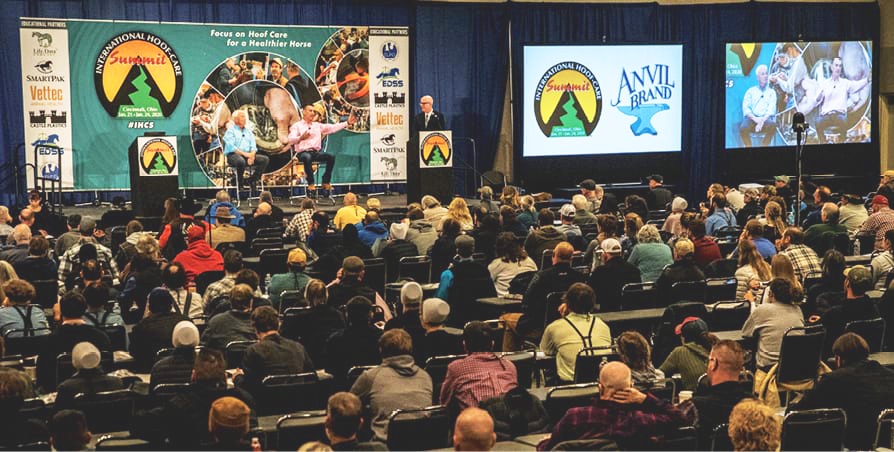
The International Hoof-Care Summit recently concluded, and I have a question. Why do you go to the mid-winter farrier conference? I think the typical response is going to be that “I came for continuing education.” That’s what we did. We all came here for continuing education. But what are you continuing?
You can’t continue something without looking at where it started and looking at foundations. So maybe, just maybe, you’re not really pursuing continuing education, maybe you’re just pursuing your passion. That’s what I did. That’s how I ended up at the Summit. I was passionate about helping horses, shoeing horses, working with horses, and maybe it wasn’t really continuing education that was motivating me, but it was passion-driven education.
So, did you go to the lectures that focused on the things that you already believed in? That’s what I did for years. I listened to people who reinforced what I thought, and I patted myself on the back and I said, “Gee, he agrees with me.” So, did you come with blinders and reinforce what you already believe? Or did you listen to things and challenge your beliefs and try to gain new perspectives? We tend to approach this with Maslow-Zimmer — the idea that if all you have is a hammer, everything’s a nail. Or if all you have is a screwdriver, everything needs a chisel.
7. 2019 Rising Shoeing Stars Offer Tips on Beginning a Career as a Professional Farrier
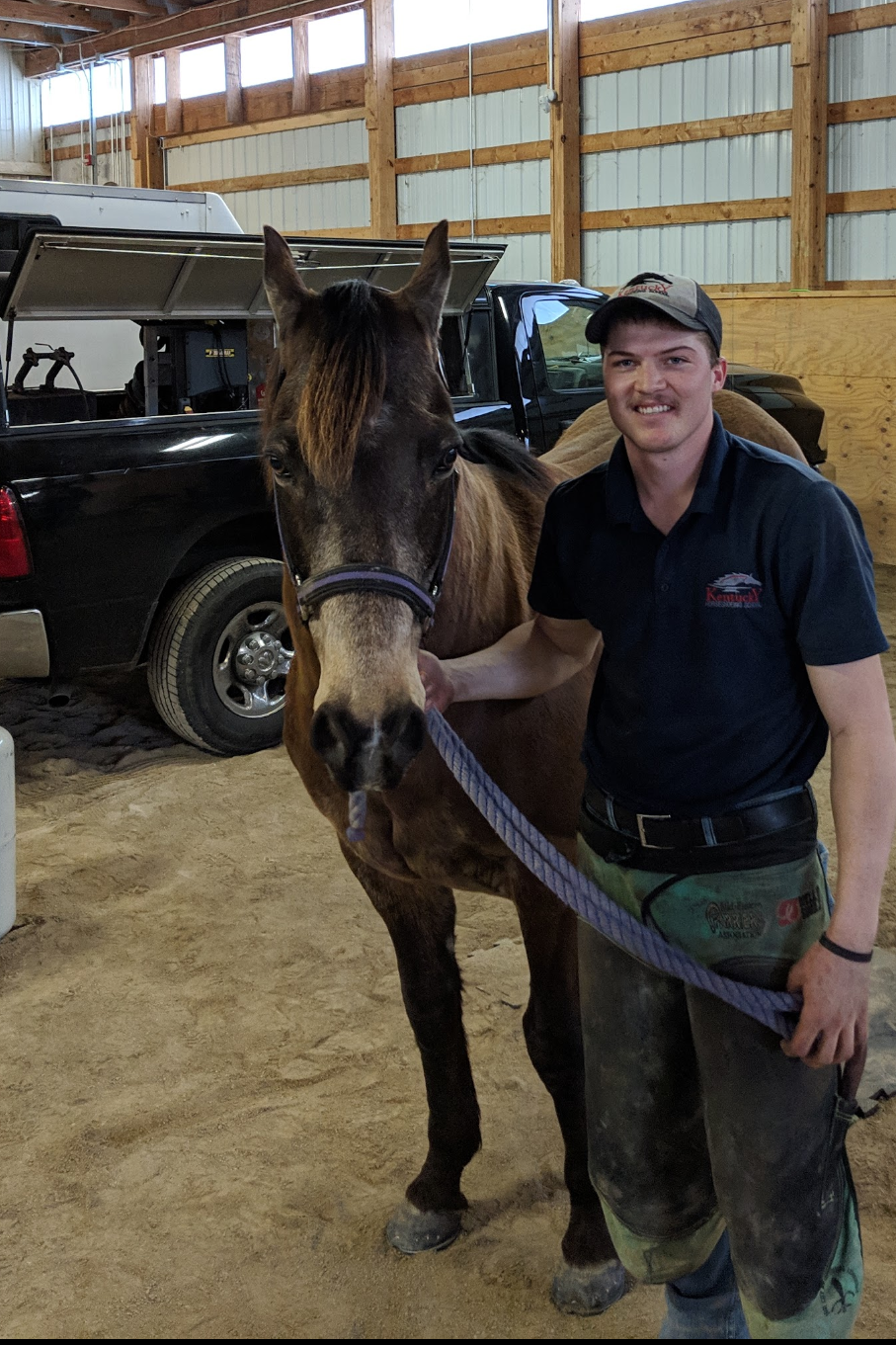
The American Farriers Journal is proud to celebrate the 2019 Rising Shoeing Stars: Ben Barhorst of Lexington, Ky.; Audrey Williams of Edmonton, Alberta; and Gary Gullo Jr. of Old Brooksville, N.Y. These three individuals have been acknowledged for their progress in equine footcare during their first 3 years after graduation.
American Farriers Journal introduced the Rising Shoeing Star Award 11 years ago. Along with five leading farrier industry suppliers, this recognition program promotes the importance of further footcare education, while encouraging young shoers to success in their careers. Co-sponsors include Adeptus Nutrition Inc., American Farriers Journal, Dechra Veterinary Products, G.E. Forge & Tool, Pyranha and Texas Farrier Supply.
The recipients of the RSS award share some of their toughest challenges, best decisions and most important advice for new farriers looking to start their careers.
8. Pricing for Trimming and Shoeing | Farriers' Horse Ownership
Nationally, the typical full-time U.S. farrier charges $131.46 for a trim and nailing on four keg shoes while part-time farriers charge an average of $94.49 for the same work.
Some 94% of U.S. farriers are not only involved with the footcare needs of numerous horses, but they and their immediate families also own horses, ride and/or compete in many different events.
9. Be a Farrier, Not a Carrier
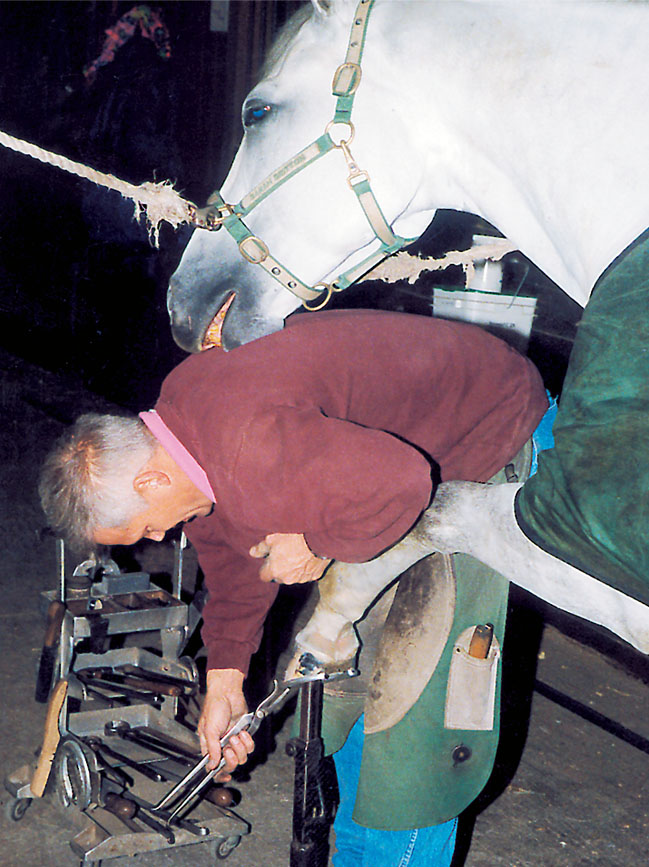
Typhoid Mary was the nickname the press gave to an early 20th century cook who was tied to 10 typhoid outbreaks in affluent New York City area households. Through unsanitary personal habits and ignorance, she served as a “carrier” for the bacteria that caused the often-fatal disease, without becoming ill herself.
No farrier wants to become known as Strangles Sully or Rotavirus Rick. So it’s important to take steps to ensure that you’re not carrying equine illnesses from barn to barn — particularly if there is a known outbreak of any equine malady in your area.
Roberta M. Dwyer, a veterinarian and graduate of the American College of Veterinary Preventative Medicine at the University of Kentucky’s Gluck Equine Research Center, suggests that farriers make a point of asking barn owners if there are any sick horses in a barn where they are about to work. At the same time, she points out it’s not the farrier’s responsibility to recommend things like mosquito control or immunizing horses against various diseases.
10. Sugardine — A Stinky, Gooey Mess that Works When Treating Wound Injuries
Sugardine is simply a paste of granulated white sugar and betadine solution or scrub mixed to a toothpaste or peanut butter consistency, and it is a remarkably safe and effective wound dressing.
It’s so simple that people can’t believe that it actually works until they see it firsthand. Then afterward, they can’t believe no one ever taught them about sugardine.

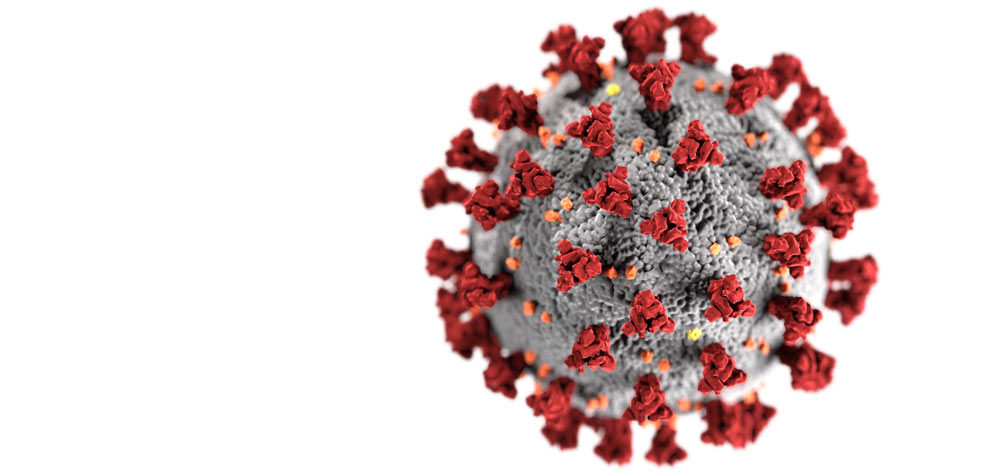






Post a comment
Report Abusive Comment